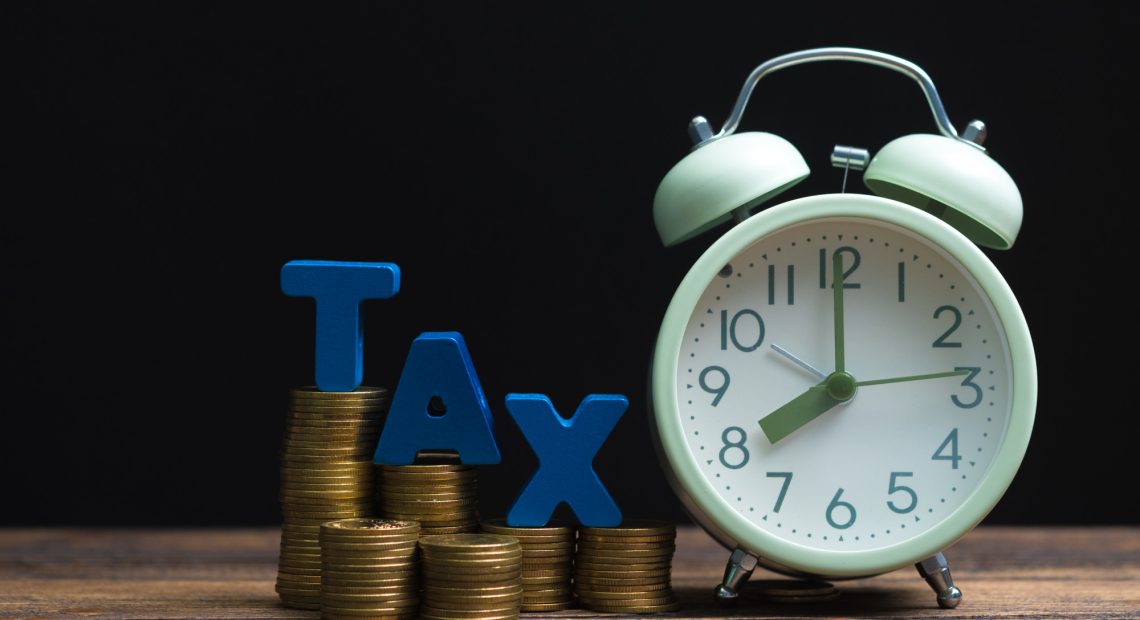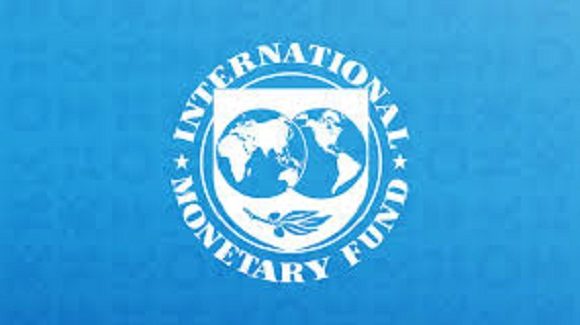
Middle Class to the Rescue: Why Tax Relief is the Hero India Deserves (and Needs Right Now)
Ah, the great Indian middle class—the tireless engine of our economy, the cushion during recessions, the perpetual safety net for our policymakers’ ambitious dreams.
They are the ones who pay their taxes on time, religiously invest in ELSS (because tax-saving ads guilt them into it), and keep the consumer economy humming along with their carefully planned purchases.
Yet, when it comes to tax relief, the middle class often ends up playing the role of Atlas, holding up the economic sky while being told to carry just a little more weight. After all, they’re the “resilient” ones, right? The ones who will figure it out. What’s a little more GST or a slightly higher income tax burden when you’ve already mastered the art of stretching every rupee?
But here’s the thing: it’s time we stop taking this resilience for granted. The middle class isn’t just the backbone of the Indian economy—it’s the heart, lungs, and liver too. And just like any overworked organ, it can only function optimally with proper care. Tax relief isn’t just a pat on the back; it’s a long-overdue prescription to ensure the middle class continues to thrive.
Why Tax Relief is Not a Luxury, but a Necessity
Governments worldwide have realized that catering to the middle class is the fastest way to accelerate economic growth. Why? Because the middle class spends. Unlike the ultra-wealthy, whose additional income often ends up in offshore accounts or luxury yachts, the middle class puts its money right back into the economy. From buying groceries to upgrading homes, their consumption drives demand across sectors.
In India, where the middle class comprises over 30% of the population, their financial well-being directly impacts the country’s economic health. Yet, rising inflation, stagnant salaries, and increasing costs of living have stretched this demographic thin. Tax relief is no longer just about easing the burden; it’s about creating the breathing room they need to save, invest, and spend.
The Many Benefits of Tax Relief
1. Increased Consumption:
More disposable income means higher spending. Whether it’s a new washing machine, a family vacation, or an upgrade from a hatchback to a sedan, the ripple effect of increased consumption boosts sectors like FMCG, auto, real estate, and tourism. This, in turn, creates jobs and drives GDP growth.
2. Higher Savings and Investments:
With more money in hand, the middle class can bolster their savings, invest in mutual funds, and contribute to the stock market. This strengthens capital markets, fuels entrepreneurship, and ensures financial stability at the household level.
3. Boosts Housing and Infrastructure:
Increased deductions for home loan interest could reignite the housing market, benefiting not just buyers but also ancillary industries like cement, steel, and construction.
4. Encourages Startups and Small Businesses:
With reduced tax burdens, middle-class professionals and entrepreneurs can redirect resources toward launching or expanding small businesses, fostering innovation and job creation.
5. Strengthens Mental Well-Being:
Financial stress is one of the leading causes of anxiety and depression. Easing the tax burden gives families a sense of security, improving productivity and quality of life.
6. Supports Long-Term Economic Stability:
Tax relief for the middle class narrows income inequality, promotes upward mobility, and fosters a stronger, more equitable society.
The Sarcastic Truth: Austerity for the Middle Class
For years, governments have championed austerity measures to manage fiscal deficits. Translation? The middle class pays more taxes, adjusts to higher costs of living, and skips luxuries, all while being thanked for their “sacrifices.” Meanwhile, corporate tax rates get slashed, and wealthier citizens find creative ways to dodge taxes.
This lopsided policy hurts everyone. When the middle class tightens its purse strings, it’s not just family vacations or dining out that take a hit—it’s businesses, service providers, and the economy at large.
A Modest Proposal for Fairness
It’s time to flip the narrative. Raise the basic exemption limit to ₹5 lakh, double deductions for education expenses, and introduce targeted relief for middle-class families managing home loans, medical bills, and school fees. Simplify the tax code so filing taxes doesn’t feel like solving an ancient riddle.
Conclusion: Investing in the Middle Class is Investing in India
The middle class is more than a tax bracket—it’s the backbone of the economy, the stabilizer during crises, and the aspirational dream of millions. Providing them with tax relief is not just a kind gesture; it’s an investment in the nation’s future.
When the middle class thrives, the economy grows. Jobs are created, industries flourish, and social stability improves. This isn’t just an economic strategy—it’s a social contract.
So, to our policymakers drafting the next budget: remember, the middle class doesn’t need charity; it needs a fair shake. Tax relief isn’t just about cutting rates—it’s about valuing the people who keep this country running. After all, heroes deserve their rewards. Let’s ensure the middle class gets theirs.


















